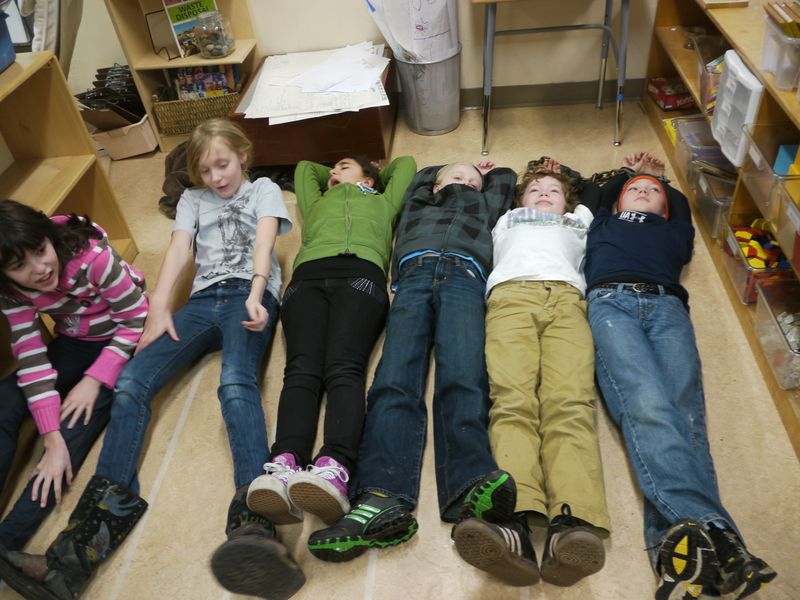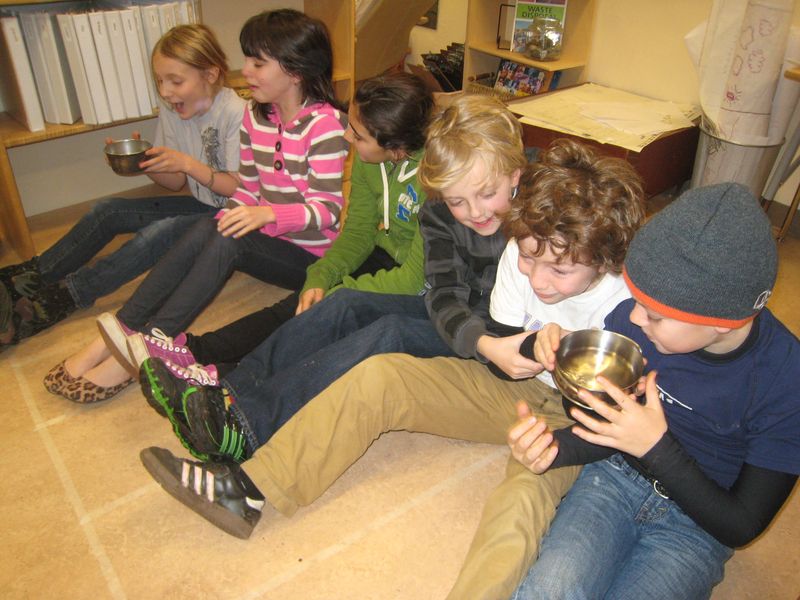Bon Voyage to the H.M.S. Opal 3

Oh, the week we have had in our classroom and it was only a four day week! In those few days we have been transported back in time to 1750, boarded a ship originating in Dover, England, stopped on the western coast of Africa, and are currently sailing across the Great Ocean to the New World.
An intention we have for social studies work in Opal 3 this year is to dive into the study of US history before the American Revolution. With the stories of Columbus and the Pilgrims and the Mayflower behind us, we have moved forward more than a century to 1750, when the British Colonies are established and populated by indigenous, European, and African people. Now we are wondering:
- Who immigrated to the British Colonies of North America in 1750?
- Why did they come?
- What experiences did they have from the time it was decided they would emigrate until the time they arrived?
- How will their journeys affect their lives in the “New World”?
On Tuesday of this week (also known as 20th of May, 1750) everyone was brought onto our ship, the HMS Opal 3, in different ways.
Some were kidnapped and forced into indenture.

Others voluntarily signed their own Indenture Contracts.

Some paid the fare for the voyage.

Others, gentleman all, were invited as guests of the captain.

A group of slaves was captured and forced aboard our ship during our stop in Africa.
The ship’s captain (Levia) is loyal to the Crown, to her genteel guests, and her ship. The first mate (Mary Gage) is strict and makes sure food and water rations are never excessive.

Provisions and accommodations on board vary somewhat according to your station.
Ticketed passengers had hot oatmeal.

Kidnapped servants and slaves had just a bit of questionable water.
After this experience, the teacher, Mary Gage said, “Take some time to get out your writer's notebook. Write your experiences — what are you thinking? What are you feeling?”
Mia asked, “Can you write it in diary form?”
Of course!
20th of May 1750
The last thing I saw was the wet and tired faces of my people disappearing, while I was dragged on the ship with some of my people. Then the door to the hold was slammed shut as loud as a gunshot. And at that moment I knew I might never see my home, beloved Africa, again.
-Max, age 10
20th May 1750
A young girl lay next to me crying, trying not to say a word. As little as she was, she knew she would be punished… The man came down to check on us once in awhile, or maybe just to tell us, “Don’t move! Don’t talk! Stay put!” He brought us what seemed to be a teaspoon of water to quench our thirst.
A tear ran down my cheek. Thinking of my mother, what was she thinking? Did she even notice I was gone?
-Cooper, age 10
On Wednesday, the Opal 3 students were handed first hand accounts of people who actually made a journey like ours in and around 1750. On this day, small groups of students read an account of a person in a different role from whom they were on Tuesday.
On Thursday and Friday, the groups shared a dramatization of part or all of their stories with the class. The goal of the drama work is to help us deepen our understanding of the perspective represented in the text.
With that lens we are watching the presentations and offering compliments and questions that will help deepen our understanding of the perspective in the drama.
This sea voyage drama and study will culminate with our arrival in the New World. Once we arrive, students will take on new geography and, eventually, roles and perspectives. We will look closely at life in Colonial America in about 1750 and especially about how the economy influenced the lives of the colonists, those providing the labor, other groups in North America, and the Crown.
In the meantime, the students are experiencing history coming to life and figuring out how to take the perspective of someone whose life was so different from our own. They are jumping into this hard work with both feet and are supporting each other to ask hard questions and fill in the details of everyday life in the mid 18th century.



